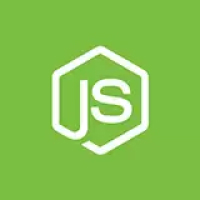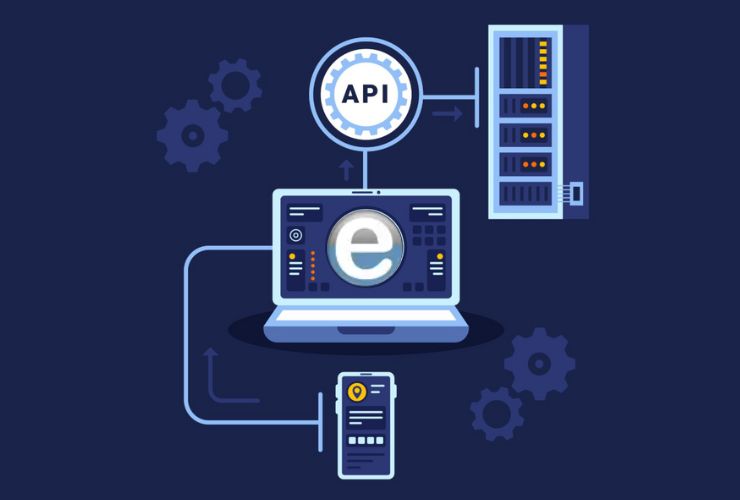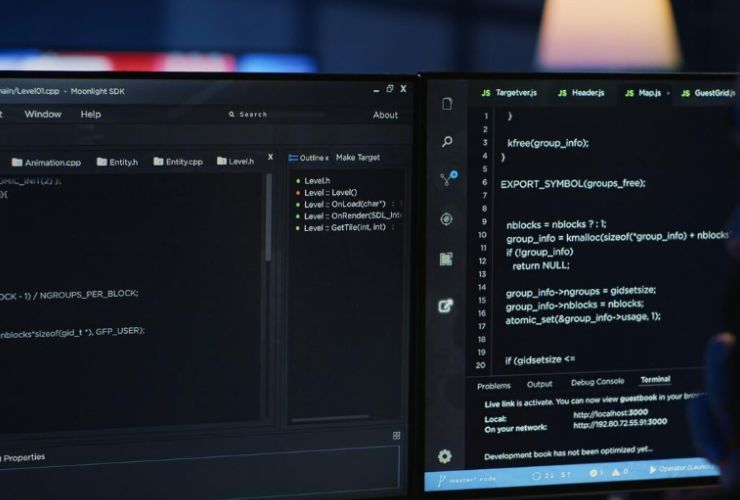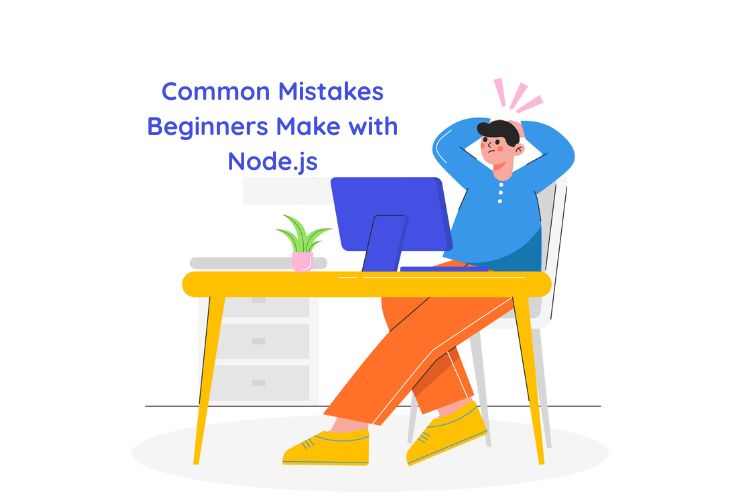Selecting the appropriate backend technology is a fundamental choice that has great bearing on the performance, scalability, and maintainability of your web application. Of the most well-known ones, PHP and Node.js are recognized for being popular, having enormous communities, and long-proven track records. Both of them have numerous strengths and best applications, so it is important to be aware of their differences prior to choosing to use one in your project.
What Is PHP?
PHP (Hypertext Preprocessor) is an old, open-source web server scripting language that was first introduced in 1994. Originally designed for generating dynamic web pages, now PHP is a full-fledged backend system that acts as the backbone for over 75% of all websites across the globe, including titans like Facebook (in its early days), WordPress, and Wikipedia.
It functions by putting PHP code directly into HTML and runs primarily on traditional LAMP (Linux, Apache, MySQL, PHP) stacks. PHP, with the advent of frameworks like Laravel, Symfony, and CodeIgniter, is more structured and suited to modern-day application development.
Advantages of PHP:
- Massive documentation and community base
- Support on virtually every web host
- Optimized for CMS and server-side rendering tasks
- Low learning curve for beginners
What Is Node.js?
Node.js is an environment to run JavaScript code on the server side. Made public in 2009, it changed the way developers develop the backend by having developers implement JavaScript end-to-end—front-end to back-end—because of more synchronized and simpler codebases.
Node.js executes on Google Chrome’s V8 JavaScript engine and is famous for boasting an event-driven, non-blocking architecture. Node.js boasts a mechanism that accommodates being asynchronous, to which it perfectly suits in instances of high-performance applications with real-time demands.
Advantages of Node.js:
- JavaScript is used both on the server and client
- Extremely light and fast
- Scalable and microservices architecture compatible
- Massive library of npm packages
Performance and Speed
PHP:
PHP executes in a blocking/synchronous model, where each line of code must complete before proceeding to the next line. While recent PHP releases (specifically PHP 8+) have significantly improved performance, traditional PHP still lags behind in handling thousands of simultaneous requests or WebSocket-based interactions.
Node.js
Due to its asynchronous, non-blocking nature, Node.js is better at handling concurrency. It can perform multiple operations simultaneously, and therefore it is best suited for real-time applications, e.g., messaging apps, collaboration platforms, and live dashboards.
Verdict:
Node.js will replace PHP in real-time and I/O-bound applications. For standard server-rendered websites or apps with fewer concurrent use cases, PHP is more than sufficient.
Scalability
PHP:
PHP is vertically scalable, particularly when combined with load balancers, caching systems (Redis, Memcached), and performance-optimized frameworks. Its synchronous nature in the past might need extra server resources to deal with sudden traffic booms.
Node.js:
Node.js is extremely scalable, most notably horizontally. It is designed to handle lots of concurrent requests through event loops. Its microservices-based design also assists developers in breaking up applications into tiny, manageable services to accomplish distributed scalability.
Verdict:
Node.js has an edge in building scalable, distributed systems, particularly for applications likely to grow rapidly or serve global user bases.
Use Cases
PHP is suitable for:
- Blog sites and content sites (e.g., WordPress)
- E-commerce sites (e.g., Magento, WooCommerce)
- Customer portals and dashboards with server-rendered pages
- Projects requiring rapid deployment with minimal infrastructure setup
Node.js is appropriate for:
- Real-time applications (e.g., chat apps, online gaming)
- Single-page applications (SPAs) with frameworks such as React or Angular
- RESTful APIs and headless CMS designs
- Event-driven applications like live tracking or notification systems
Developer Experience
PHP:
With decades of heritage in development, PHP is a simple entry point for a new developer. The language has rich tutorials, examples, and frameworks to guide you. Nevertheless, executing large PHP applications can be cumbersome without modern frameworks like Laravel, which injects order and features like ORM, routing, and dependency injection.
Node.js:
Node.js provides absolute access to the world of JavaScript to developers, so full-stack development is really easy. Node.js allows modular code, top-notch practices, and a whole toolset through npm, the world’s biggest package registry.
Verdict:
PHP is quick to begin with, particularly for a basic site. Node.js, being a bit more sinuous in terms of learning, provides more flexibility and consistency with regard to full-stack JavaScript programming.
Hosting and Deployment
PHP:
PHP is supported by almost every web hosting provider, ranging from simple shared hosting plans to managed cloud servers. It is simple to deploy a PHP website using FTP or CI/CD pipelines, and its environment supports the deployment tools required for automated deployments.
Node.js
Node.js will usually need additional setup and most often executes at its best in VPS, Docker containers, or cloud hosts such as AWS, Vercel, and Heroku. Node’s infrastructure, however, offers sophisticated CI/CD opportunities, so the automatic deployment works smoothly once it is configured.
Verdict:
PHP takes the cake on ease of use and accessibility. Node.js is the best choice where control and the ability to tailor are greater considerations than convenience “out of the box.”
Security
Both PHP and Node.js are safe development platforms when best practices are used. The security problems lie not in the platform but in the way the code is written and managed.
PHP Considerations:
- Watch out for legacy code vulnerabilities
- Sanitize input to avoid SQL injection and XSS
- Use HTTPS and secure session management
Node.js Considerations:
- Audit npm dependencies regularly
- Use environment variables and secure token storage
- Implement rate-limiting and input validation on APIs
Verdict:
Both are secure if handled properly. Developers should spend money on code reviews, frequent releases, and automated testing regardless of the platform.
Final Thoughts
PHP or Node.js is decided based on the requirements of your project, your development timeline, and the experience of your team. If you need server-side rendered pages, quick deployment, or CMS development, PHP will do. For a dynamic, real-time, or high-scale application with new JavaScript frameworks, Node.js is more flexible and capable.
Instead of asking “which is better,” ask which is better for your particular use case. Ask yourself questions such as:
The complexity of the application
Real-time data needs
Future scalability
Available development resources
Both PHP and Node.js are capable of supporting robust, high-performance web applications. The right choice ensures you’ll build faster, scale smarter, and maintain your codebase with confidence.














